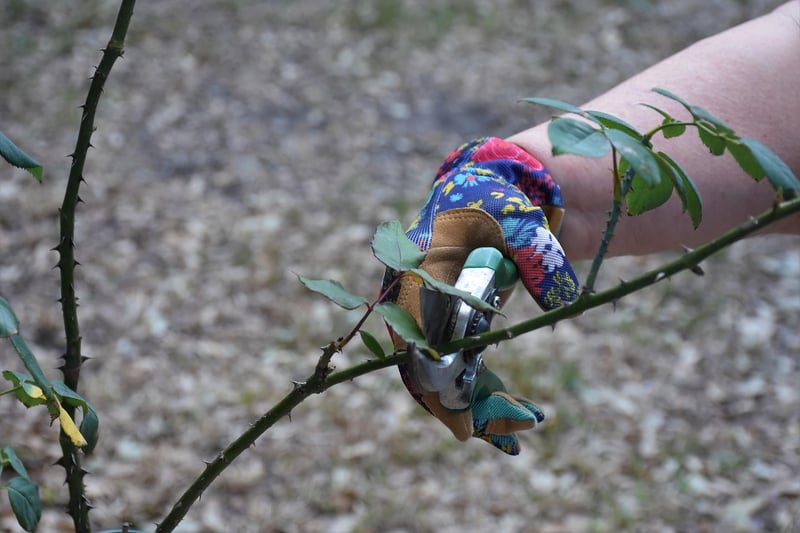Pruning Techniques
Keeping Your Garden Healthy: Essential Pruning Techniques

Having a healthy garden not only enhances the aesthetic appeal of your outdoor space but also promotes the overall well-being of your plants. One essential practice in garden maintenance is pruning. Pruning involves selectively removing specific parts of a plant to improve its structure, health, and growth.
Benefits of Pruning
- Promotes plant growth and flowering
- Controls the size and shape of the plant
- Removes dead or diseased branches
- Enhances air circulation and sunlight penetration
- Prevents pest infestation and diseases
Basic Pruning Techniques
Here are some essential pruning techniques to keep your garden thriving:
1. Deadheading
Remove faded or dead flowers to encourage new blooms and prolong the flowering period.
2. Thinning
Remove excess branches to improve air circulation and reduce overcrowding, promoting healthier growth.
3. Heading Back
Cut back the tips of branches to stimulate new growth and maintain the plant's shape and size.
4. Crown Reduction
Reduce the overall size of the plant by cutting back the top branches, promoting a more compact and manageable shape.
5. Rejuvenation Pruning
Trim older branches to stimulate new growth and rejuvenate older plants for improved vigor.
Remember, different plants may require specific pruning techniques, so it's essential to research the needs of each species in your garden.
Conclusion
Pruning is a vital aspect of garden maintenance that contributes to the health and vitality of your plants. By employing proper pruning techniques, you can ensure your garden remains lush, vibrant, and disease-free.
Take the time to assess your garden's needs and incorporate regular pruning into your gardening routine to enjoy a beautiful and flourishing outdoor space.
